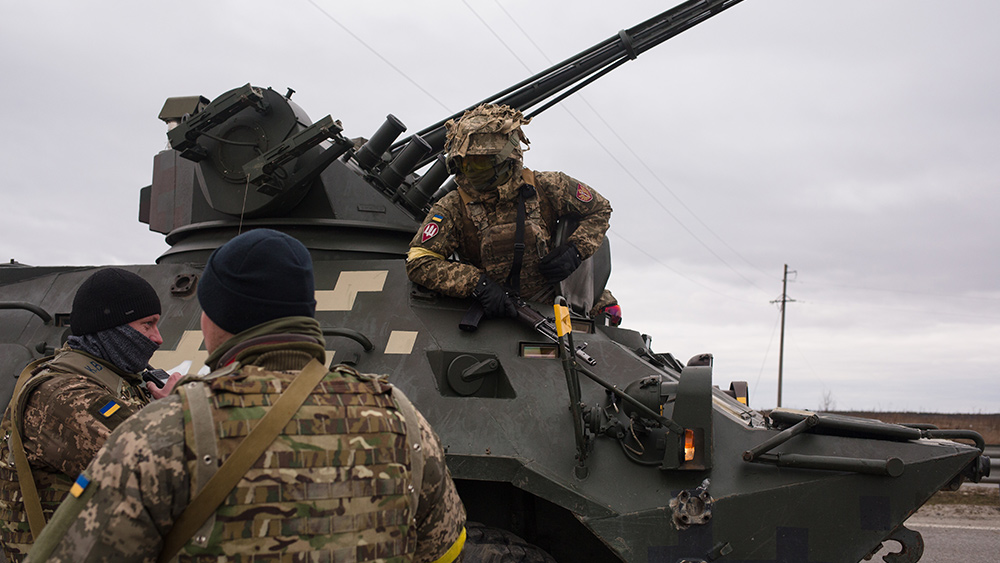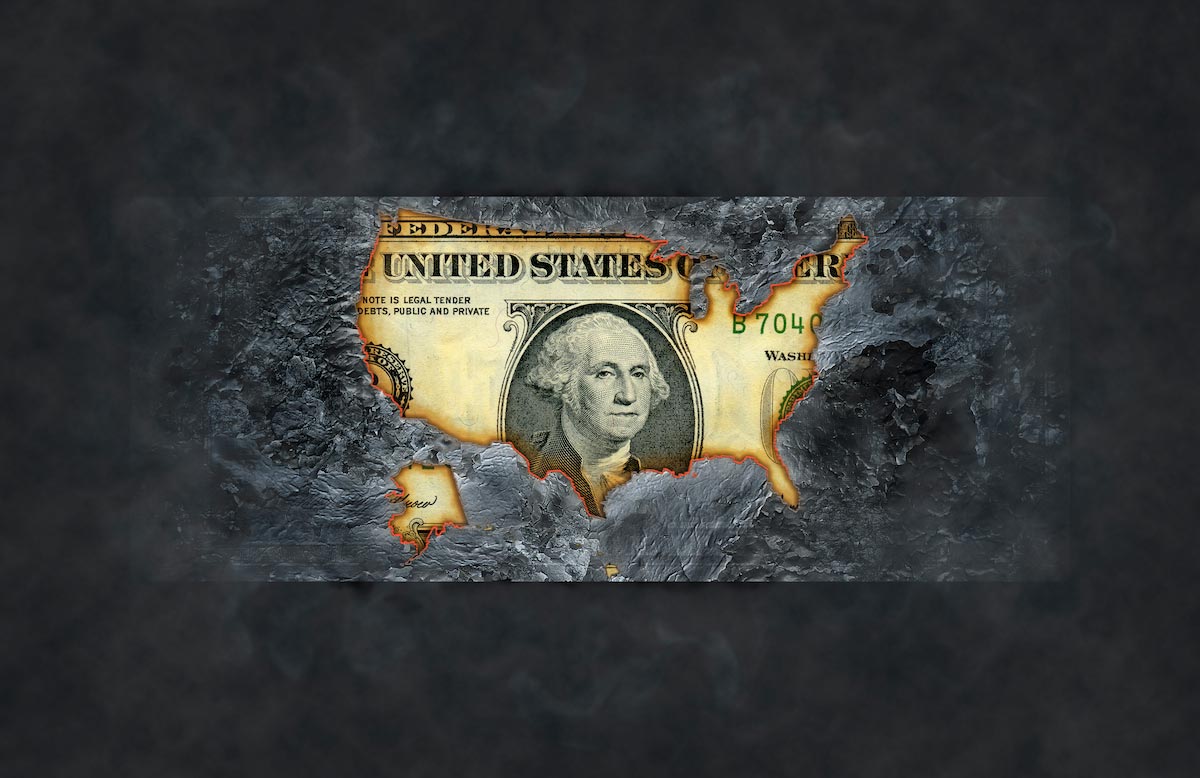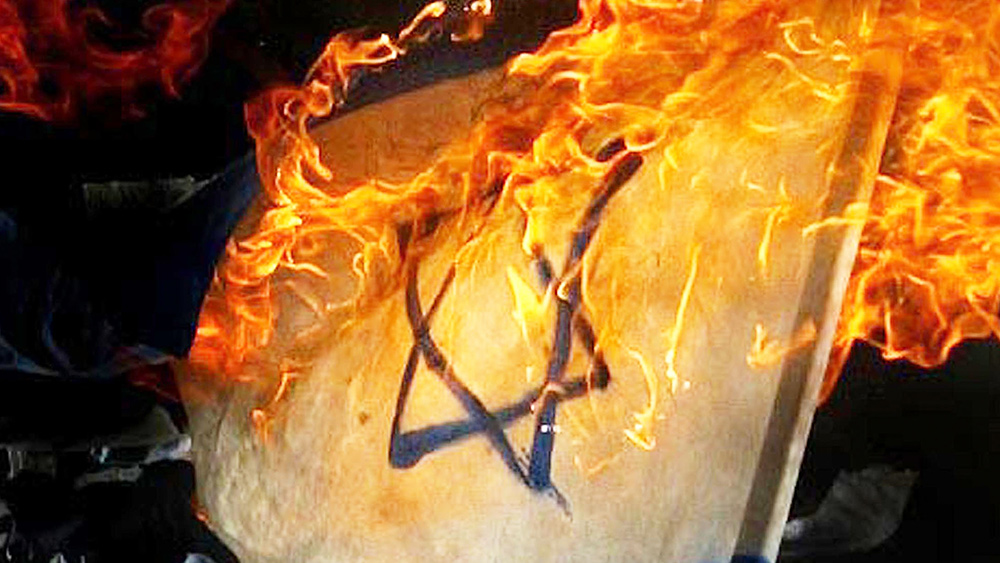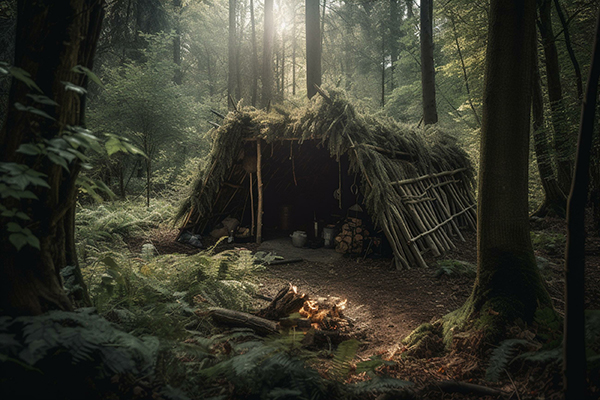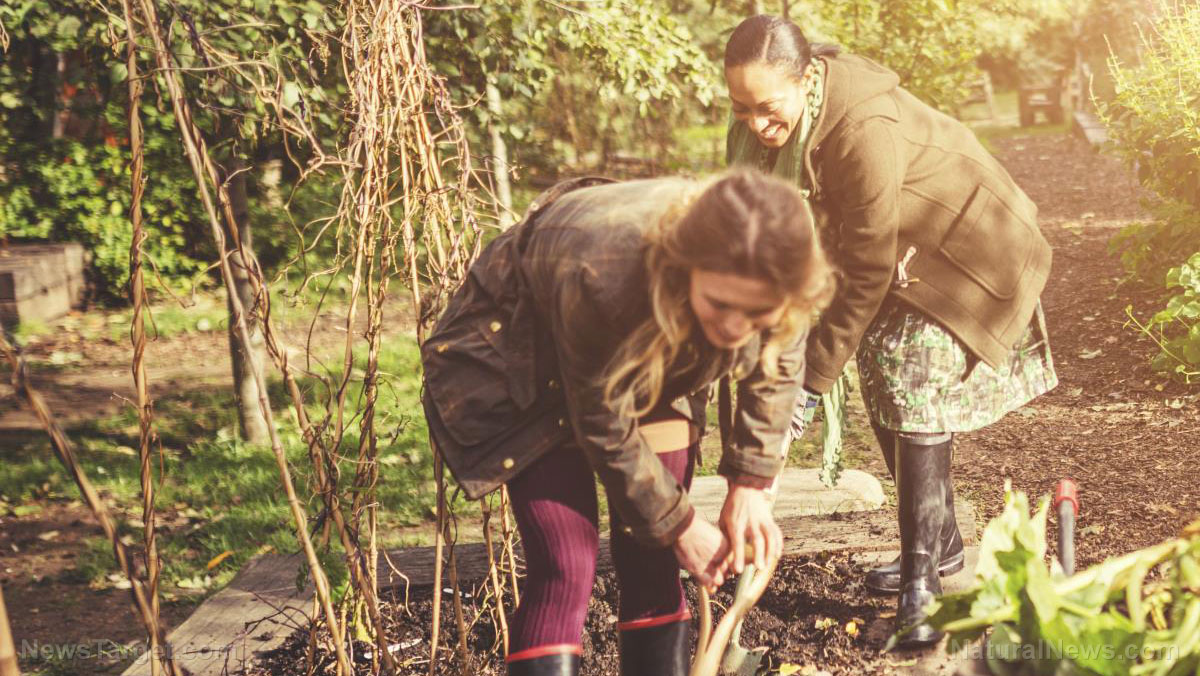6 Seemingly safe US states you should avoid when SHTF
04/14/2025 / By Zoey Sky
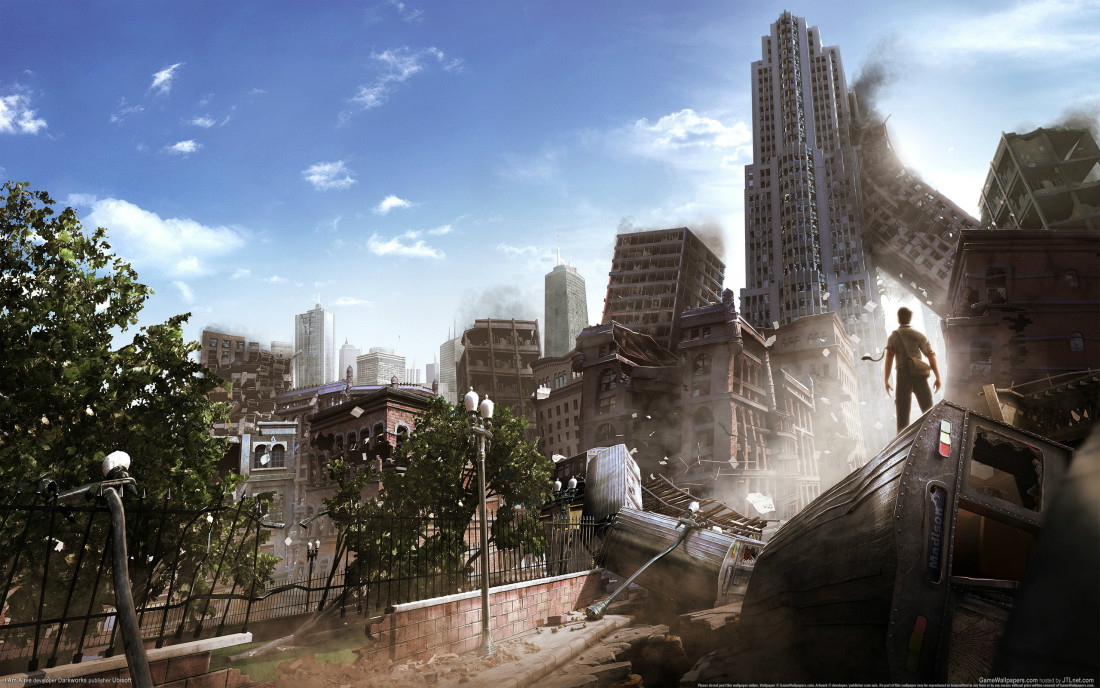
- Traditionally “safe” states like Montana, North Dakota, Missouri, Arizona and Illinois are now facing new risks due to infrastructure decay and geopolitical tensions. These areas, once considered secure due to their isolation and smaller populations, are becoming increasingly vulnerable to threats that were previously overlooked.
- History shows that no region is immune to disaster. The Midwest, for example, has faced significant seismic activity (e.g., the 1811–1812 New Madrid earthquakes) and climate-induced crises (e.g., the 1930s Dust Bowl). These events highlight the region’s susceptibility to natural disasters, which are now compounded by modern challenges like terrorism.
- Arizona faces severe water shortages due to drought and competition for the Colorado River, with potential for conflict and terrorism. Colorado suffers from recurring droughts, wildfires and political polarization that could lead to civil unrest. Illinois struggles with aging infrastructure and flood risks, leaving it unprepared for large-scale disasters.
- Missouri is at risk due to the New Madrid Seismic Zone, which could cause catastrophic damage to infrastructure. Montana and North Dakota, while remote, are vulnerable to attacks on critical infrastructure like nuclear silos and oil fields, with potential nationwide consequences.
- The concept of safety is being redefined by shifting environmental and political landscapes. Awareness and adaptation are crucial for mitigating risks.
As natural disasters grow more severe and geopolitical tensions rise, even the most traditionally “safe” U.S. states could soon face unprecedented threats.
States like Montana, North Dakota, Missouri, Arizona and Illinois, which have long been considered low-risk due to their modest populations and geographic isolation, are now vulnerable to threats like infrastructure decay and asymmetrical attacks.
If you live in or plan to bug out to these areas, reassess your preparedness strategies as shifting environmental and political landscapes redefine safety in America. (h/t to AskAPrepper.com)
Historical context: The illusion of safety
Since the Cold War, Midwest and Mountain West states have been viewed as secure havens, far from coastal hurricanes and international conflict zones.
Yet history proves that no region is immune to disaster.
The New Madrid earthquakes of 1811–1812, which reshaped the Mississippi River, serve as a stark reminder of the Midwest’s seismic risks. Similarly, the Dust Bowl of the 1930s revealed how climate stressors could devastate agricultural heartlands.
Today, similar threats, supercharged by modern challenges, are re-emerging.
Arizona: water wars and border vulnerabilities
Arizona’s rapid growth hinges on the Colorado River, but severe droughts and upstream demand are straining supplies. The state’s water infrastructure is a ticking time bomb and terrorism could trigger a crisis overnight.
Meanwhile, proximity to Mexican cartels adds another layer of risk, with border towns like Nogales facing persistent security challenges.
Colorado: droughts and social tensions
Colorado’s idyllic mountain towns conceal mounting threats. Four severe droughts since 2002 have fueled wildfires and water shortages, while population growth exacerbates resource competition.
Denver’s political polarization, which was epitomized by urban-rural divides, also raises concerns about civil unrest. It’s worth noting that water scarcity isn’t just an environmental issue; it’s a potential flashpoint for conflict.
Illinois: floods and failing infrastructure
Chicago’s skyline may symbolize resilience, but the city sits on aging sewers and flood-prone plains. A breach in the region’s water systems, whether from neglect or sabotage, could paralyze the Midwest.
Illinois isn’t ready for another Katrina-scale disaster, especially due to the state’s lack of irrigation systems for farms during prolonged dry spells.
Missouri: New Madrid Fault a sleeping giant
The New Madrid Seismic Zone, quiet for over 200 years, could unleash earthquakes with magnitude of up to 8.0. Such an event would cripple Missouri’s brittle bridges and leave St. Louis cut off from aid.
When these bridges rupture, the aftermath will make Hurricane Helene look minor. (Related: Prepper essentials: Why bucket food is a game-changer for emergency preparedness.)
Montana and North Dakota: Remote but at risk
Montana’s solitude is both a blessing and a curse. Its nuclear silos and unpatrolled borders make it a potential target for attacks, while winter isolation could strand residents during grid failures.
North Dakota’s oil fields, which are critical to U.S. energy, are equally vulnerable. An EMP or sabotage here would ripple nationwide.
Key aspects of the best bug-out locations
Selecting the best bug-out location can spell the difference between life and death.
And while it may be tempting to prioritize remote, uninhabited areas, legal considerations should be your priority. Trespassing on private land could land you in trouble, especially before disaster strikes.
If you’re still undecided on where to bug out when SHTF, here are some factors to keep in mind:
- Accessibility – Your chosen location should be reachable in emergencies without being easily discovered.
- Natural protection– Try to find a location that is safe from natural disasters like floods or wildfires.
- Self-sufficiency – When deciding on a location, find one with access to clean water, food sources and materials for shelter.
Keeping these factors in mind can help you find a location that is both strategic and sustainable.
While no state is without risk, awareness and adaptation can mitigate disaster. From storing water in Arizona to reinforcing homes near the New Madrid Fault, tailored preparedness is key.
As a prepper, you should remember that safety isn’t about location, it’s about foresight.
Visit Survival.news for more tips on how to find the best bug-out locations before SHTF. You can also check out Health Ranger Store and Brighteon Store for clean food supplies for your survival stockpile.
Watch this clip about why you should have Bucket Food in your survival stockpile.
This video is from the Health Ranger Store channel on Brighteon.com.
More related stories:
Pantry refresh: How to organize storable foods for easy, nutritious meals.
Foraging 101: Best US states to forage for food after SHTF.
Survival-friendly locations: The 5 best (and worst) states for preppers.
Prepping 101: What are the best states to live in during a pandemic?
Sources include:
Submit a correction >>
Tagged Under:
bug out, bug-out location, bugging out, chaos, Collapse, dangerous, national security, natural disasters, off grid, panic, preparedness, prepper, prepping, prepping tips, SHTF, survival, Survival Tips, survivalist, worst prepping states
This article may contain statements that reflect the opinion of the author
RECENT NEWS & ARTICLES
COPYRIGHT © 2018 PANIC.NEWS
All content posted on this site is protected under Free Speech. Panic.news is not responsible for content written by contributing authors. The information on this site is provided for educational and entertainment purposes only. It is not intended as a substitute for professional advice of any kind. Panic.news assumes no responsibility for the use or misuse of this material. All trademarks, registered trademarks and service marks mentioned on this site are the property of their respective owners.


